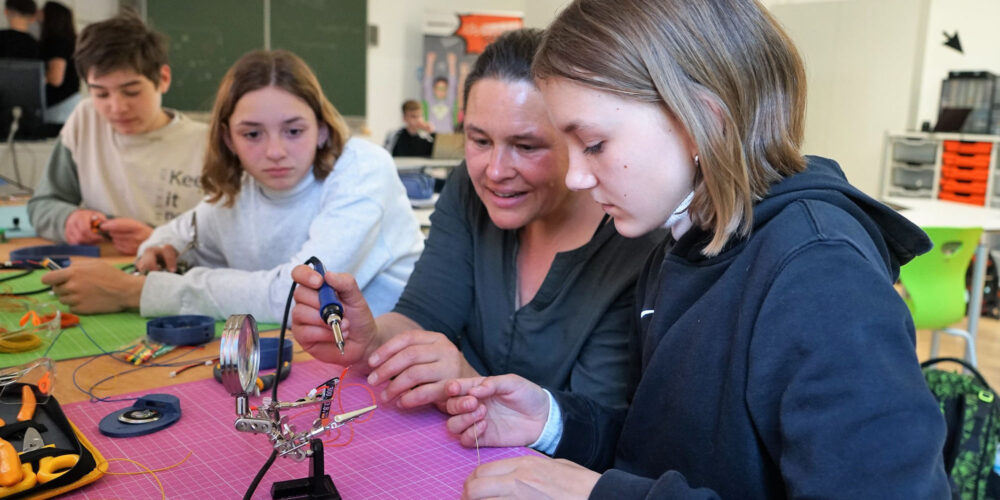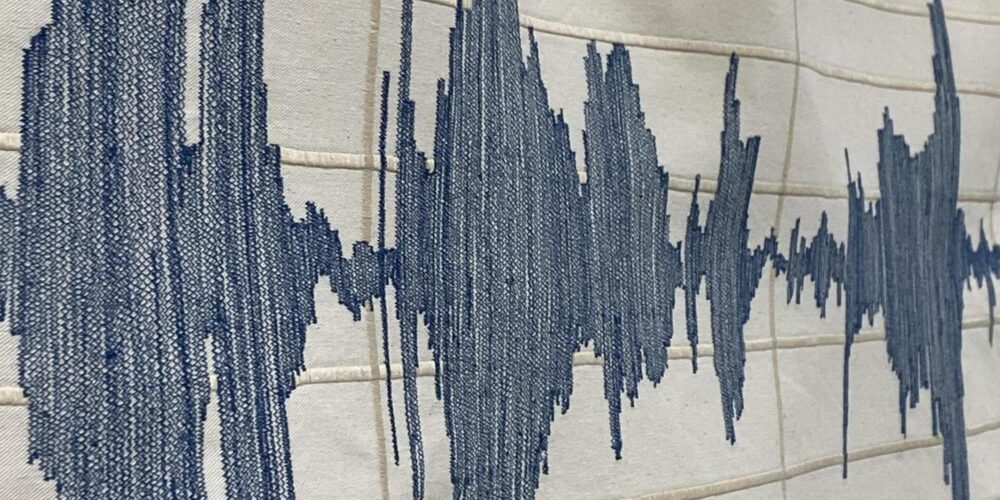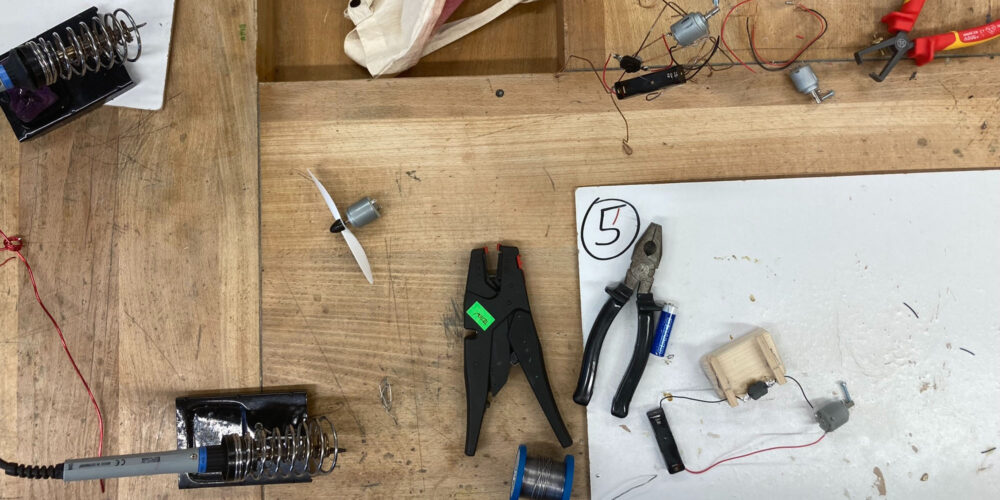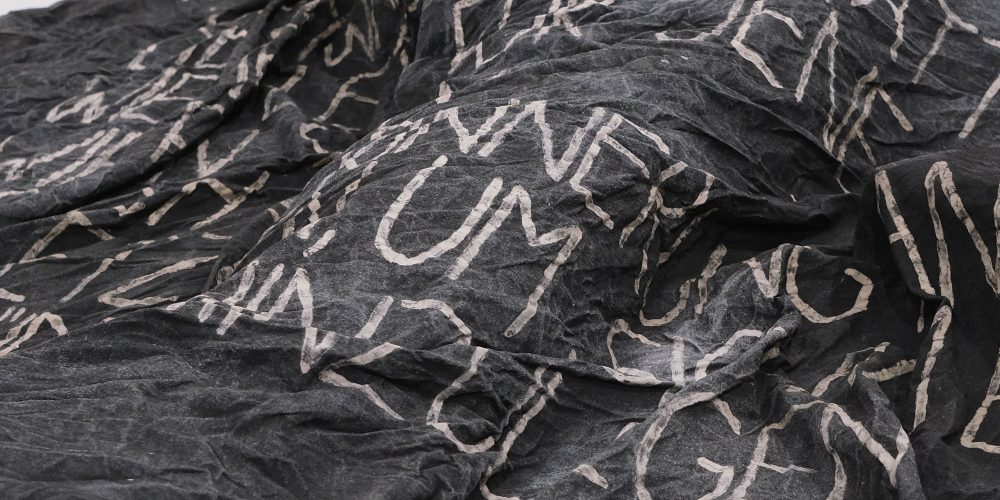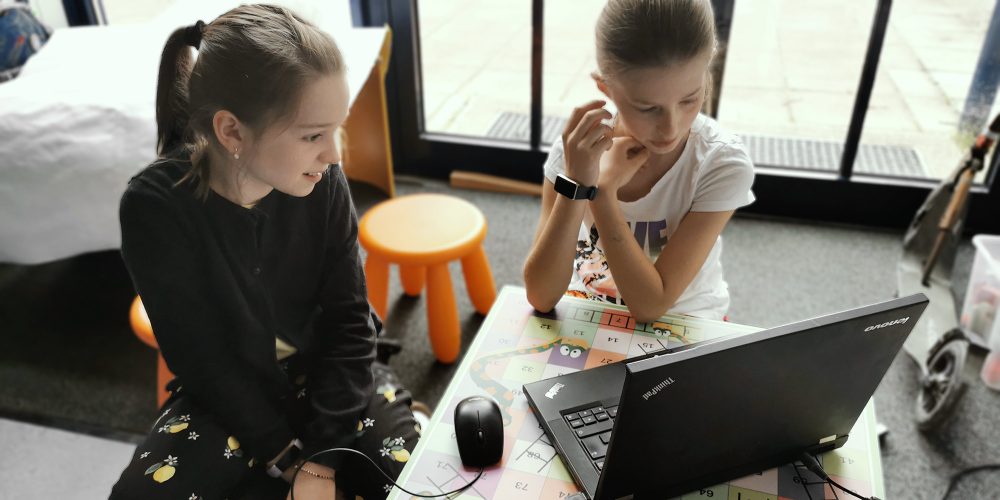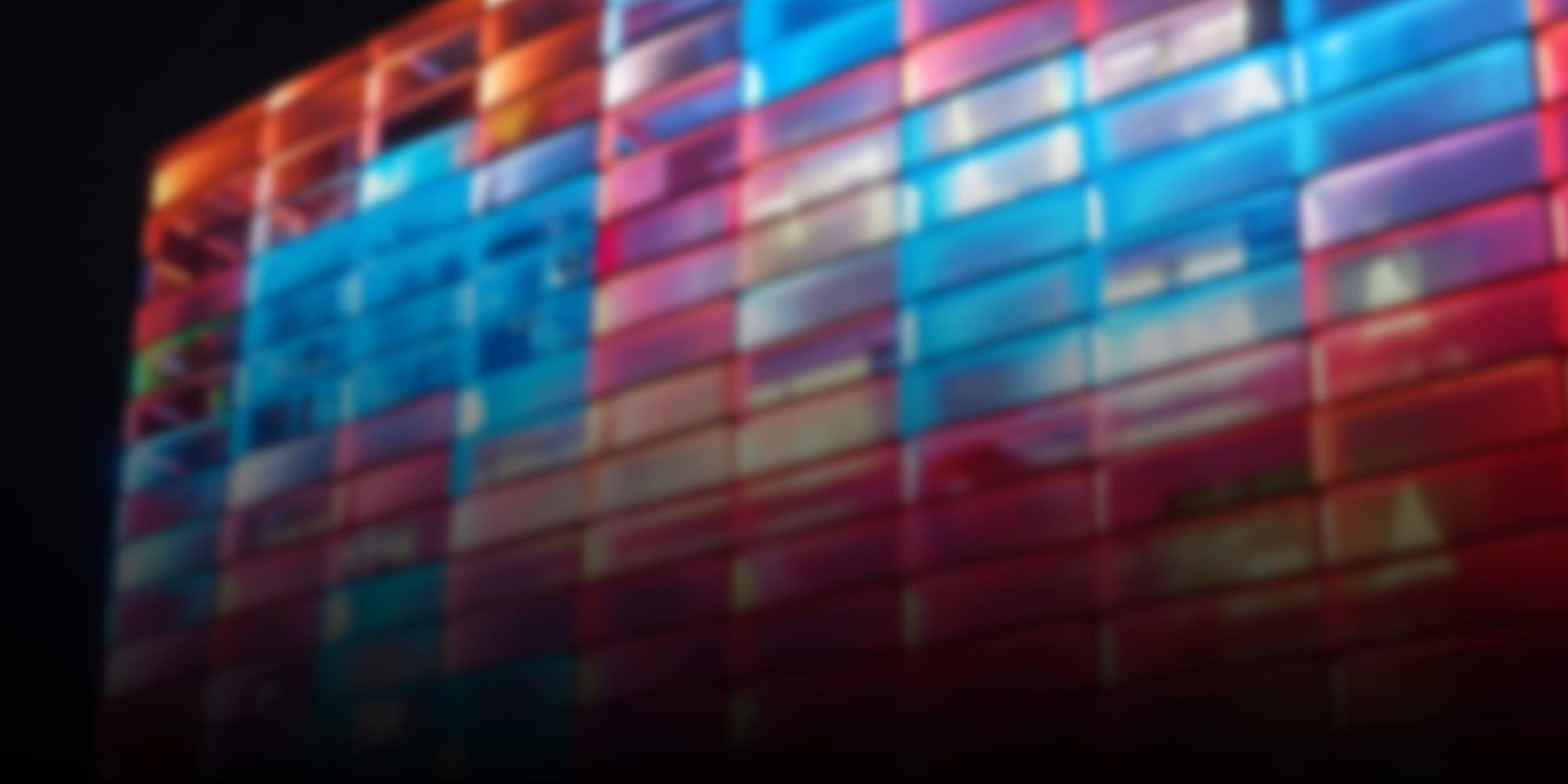
Awards
-
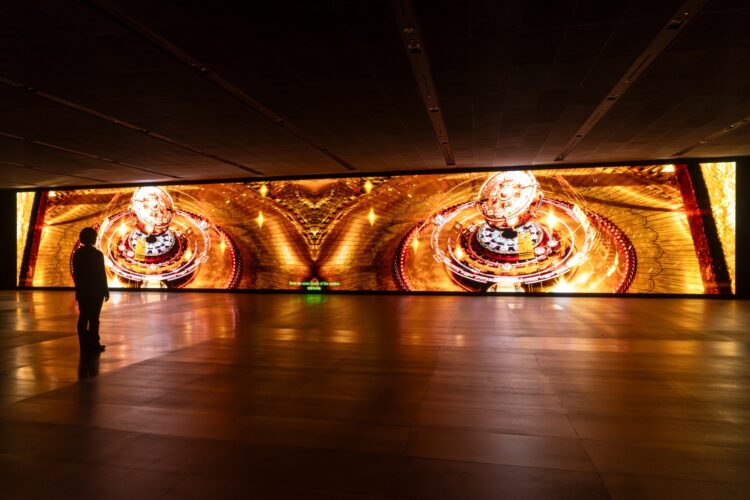
The 6th VH AWARD: A Dream That Wanders as If It Were Real
Dream of Walnut Palaces weaves history, Daoist philosophy, and AI imagery into a transformative space where alternative forms of knowledge emerge.
-
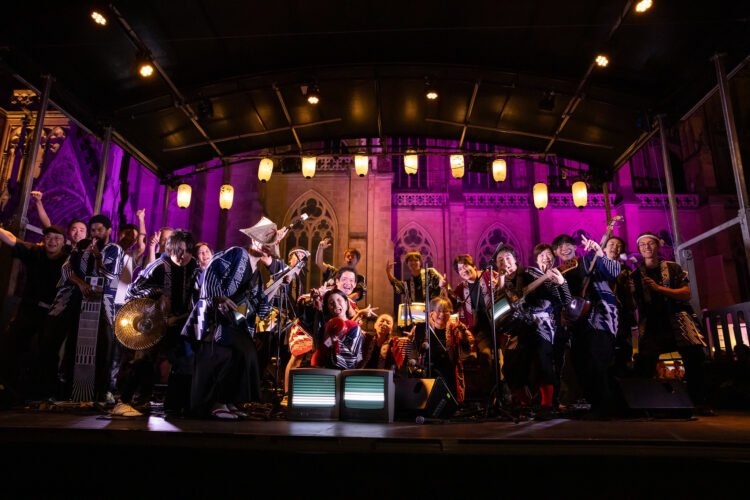
By us, for us: Shaping Society
Ars Electronica embodies a vibrant community in which art, technology and society merge. For us, society is more than just a concept – it is the dynamic interaction of people who jointly develop visions, find creative solutions and shape the future.
-
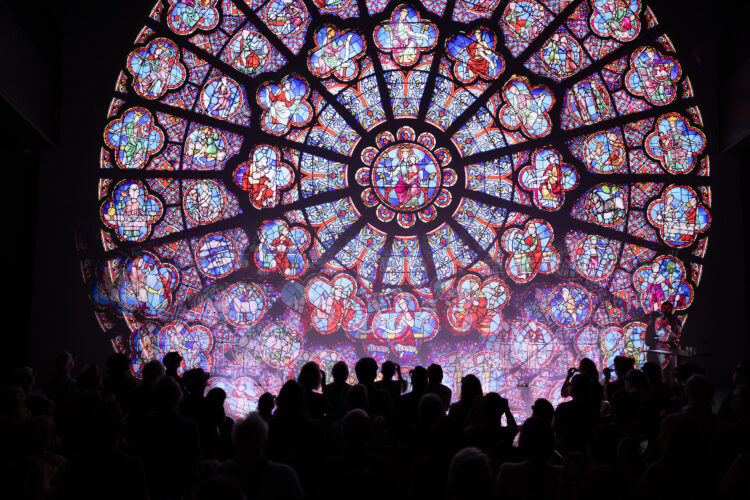
Can art change the world?
In 2024, Ars Electronica once again used international open calls, exciting collaborations and the festival as a stage to show how art can highlight creative solutions to the pressing issues of our time.
-
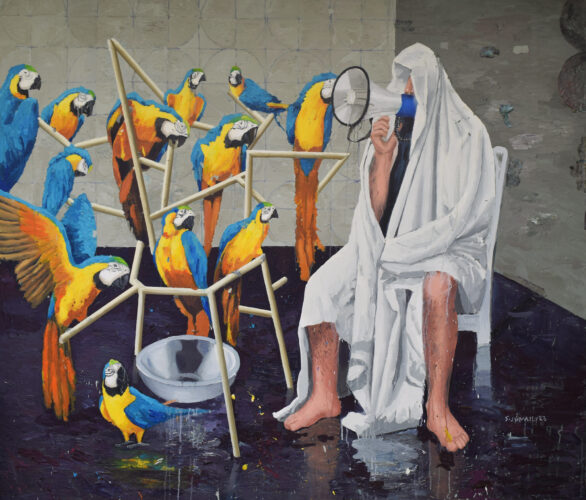
Artistic resistance and social resilience: State of the ART(ist) 2024
State of the ART(ist) in 2024 demonstrates how art can flourish under extreme conditions and reflect social issues.
-
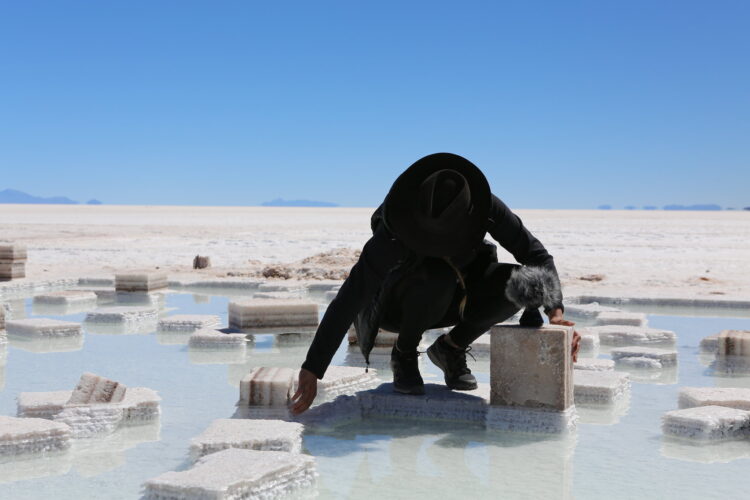
Bridging past, present and future: media art from Latin America
Artists honoured with the CIFO x Ars Electronica Award address environmental problems and present innovative projects.
-
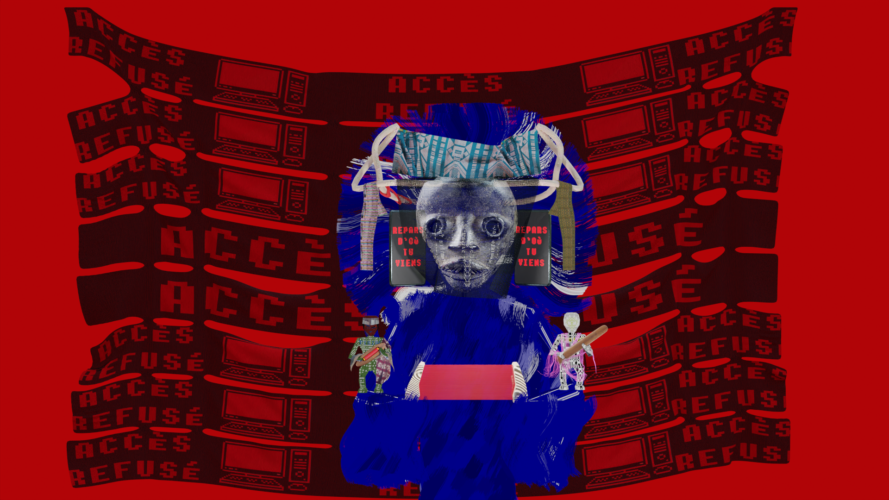
A Story of Arrangement
“You are part of a huge weave, that you cannot ignore anymore.” When you enter Diane Cescutti’s website and her work, you enter the world of weaving.
-
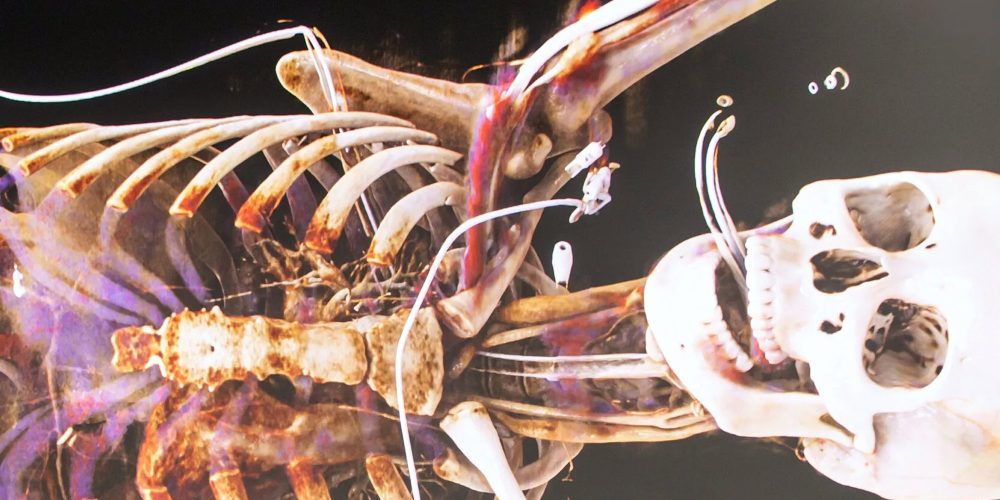
Jury honors anatomy education of the future
Following international success: Upper Austrian Prize for Innovation goes to “Cinematic Virtual Anatomy” by Ars Electronica Futurelab, JKU and Siemens Healthineers.
-
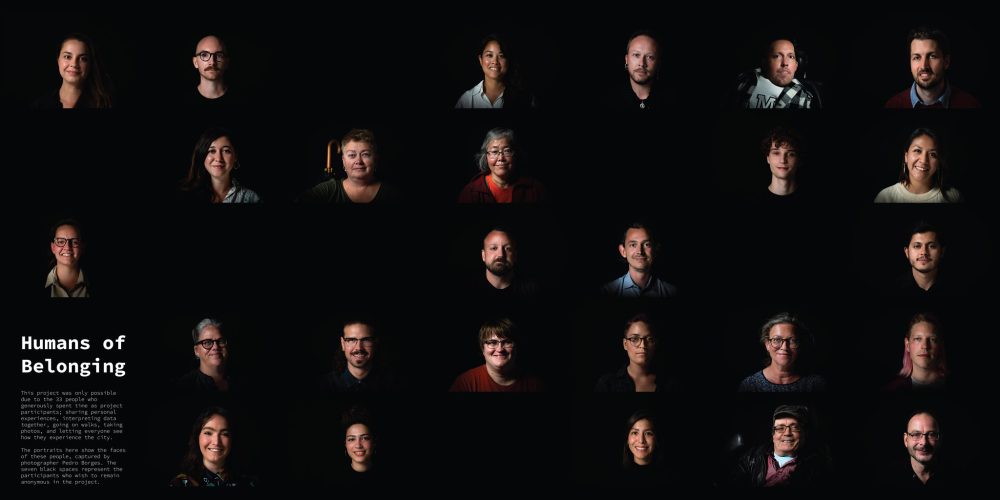
The Urbanists
Cities can be planned on the computer, but they can also be heard, smelled, tasted and felt. In the best case, they are there for everyone.
-

State of the ART(ist): Creative Freedom in Risky Times
As last year, State of the ART(ist) 2023, now with a broader focus, aims to provide visibility to artists in precarious situations.
-
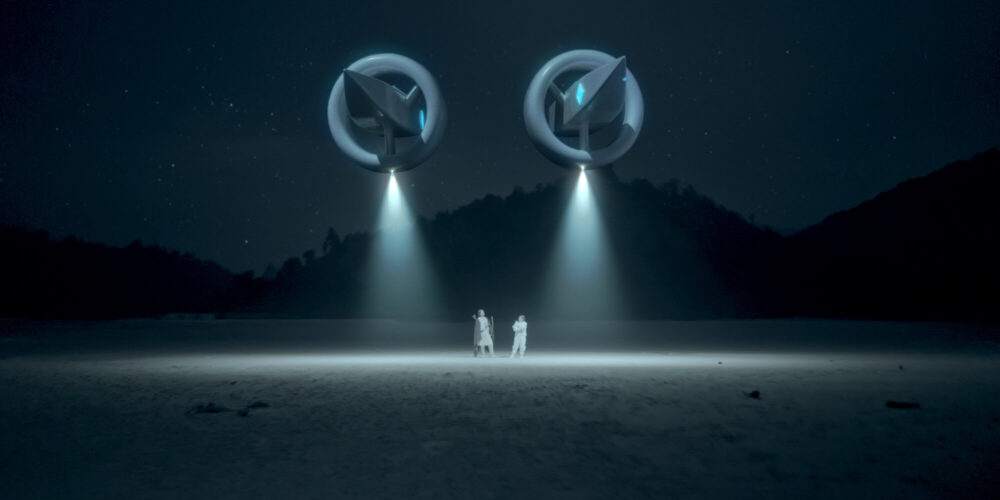
The 5th VH AWARD: Future of Asia and Future of the World
With the 5th VH AWARD, futuristic film projects by Asian media artists will once again come to Linz in 2023 and can be experienced during the Ars Electronica Festival.
-

CIFO x Ars Electronica: Latin American Narratives and Creative Approaches
A fresh perspective on media art and on tackling global challenges will once again be brought to the Ars Electronica Festival in Linz in 2023 by artists from Latin America.
-
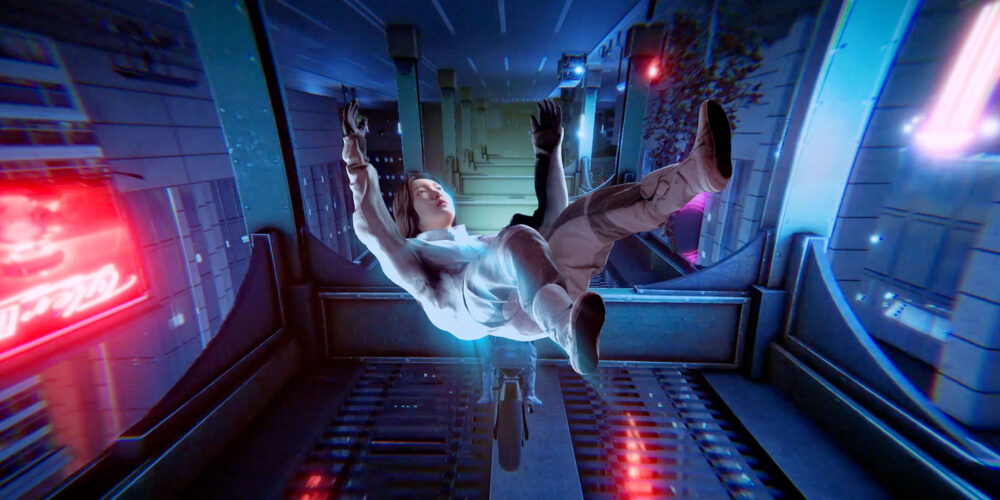
Invisible Journeys in a Fictitious World
In 2023, the Golden Nica in the Prix Ars Electronica category New Animation Art went to South Korean artist Ayoung Kim for her project “Delivery Dancer’s Sphere”.
-
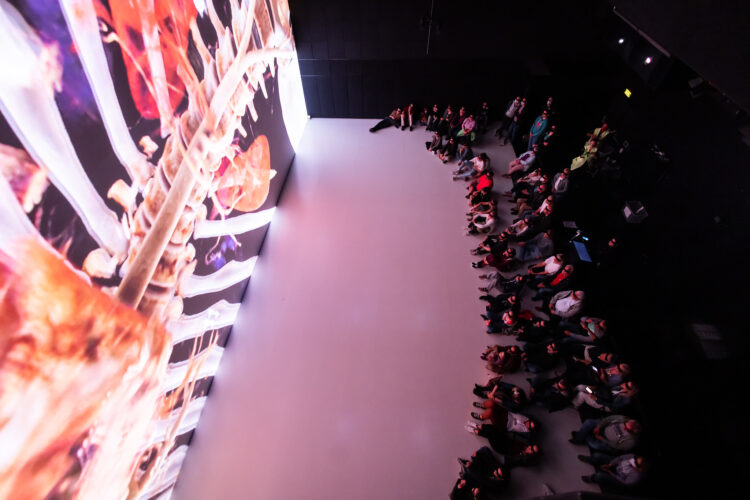
Further innovation award for Futurelab project
“Virtual Anatomy” by Ars Electronica Futurelab, JKU and Siemens Healthineers scores a silver medal at the Triple E Awards.
-
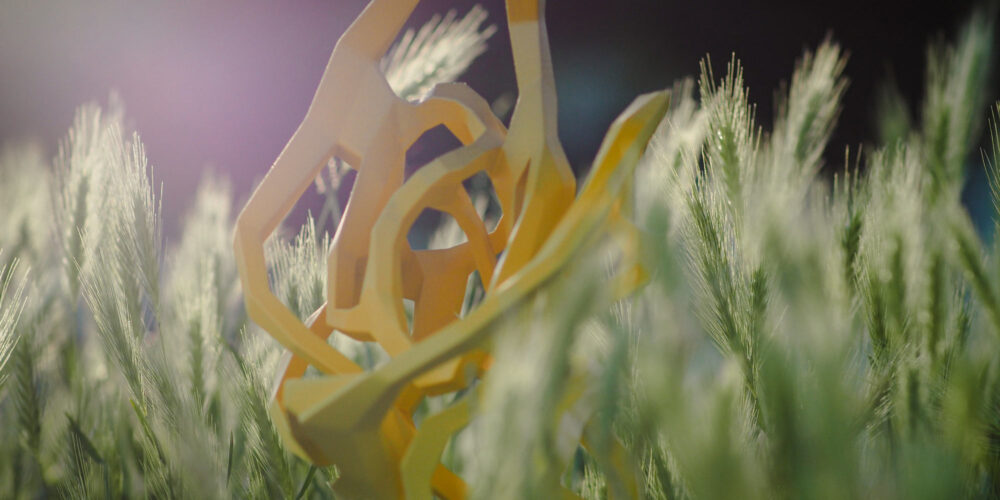
On the track of innovation
What do jackets made of orange peel, parasites for smart home devices and the monitoring of our oceans have in common? That’s right! They all characterize the enormous thematic scope of the S+T+ARTS Prize.
-
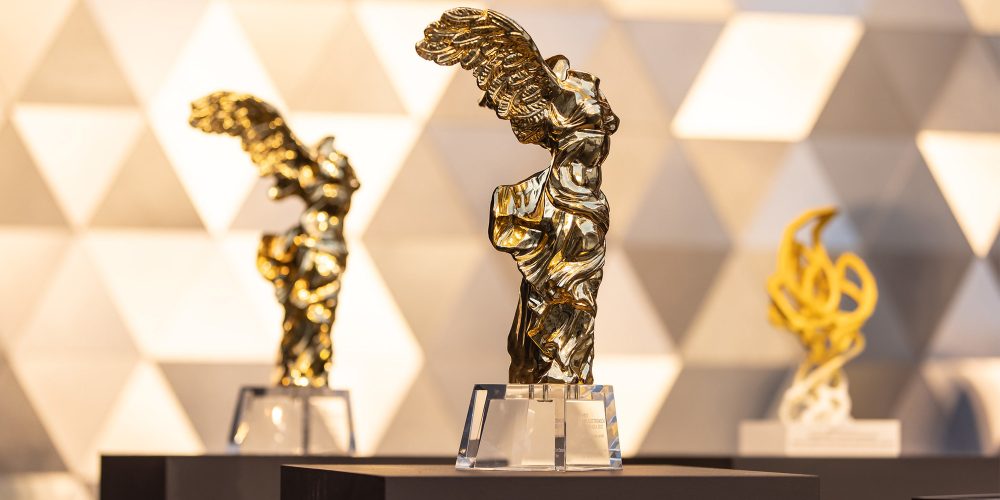
Legacy of the past and visions on the future
A new category, a new prize and a legacy begun in 1987: the Prix Ars Electronica is once again looking for exceptional media art.
-
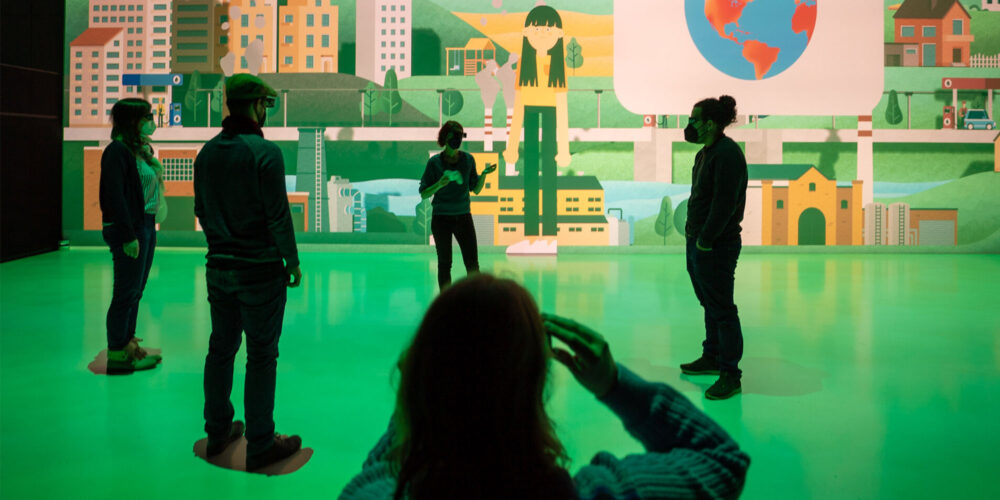
Society? That’s us!
It’s the third pillar of Ars Electronica, and we’re all a part of it: In part three of our annual review, we’ll tell you what the “Society” in our name stands for.
-
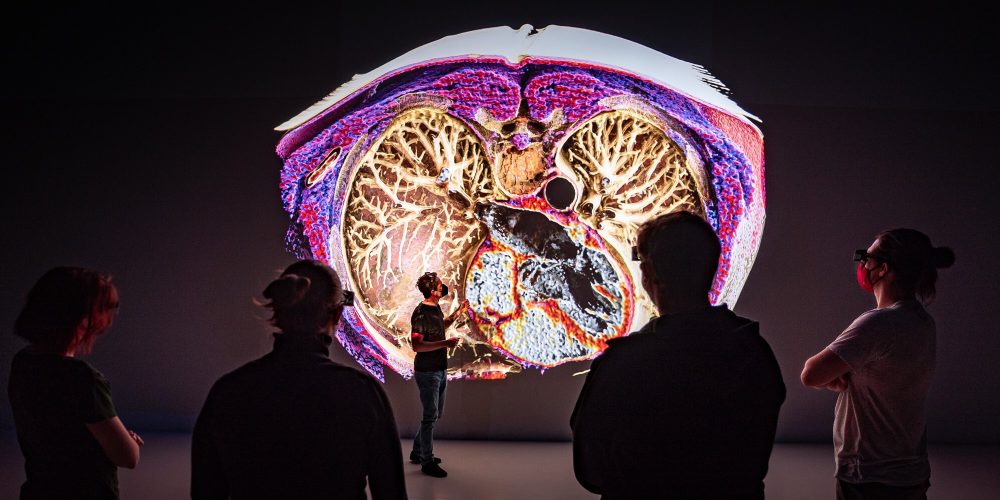
Prestigious innovation award for Futurelab project
“Virtual Anatomy” by the Ars Electronica Futurelab in cooperation with Siemens Healthineers and the JKU has been awarded at the E&T Innovation Awards.
-
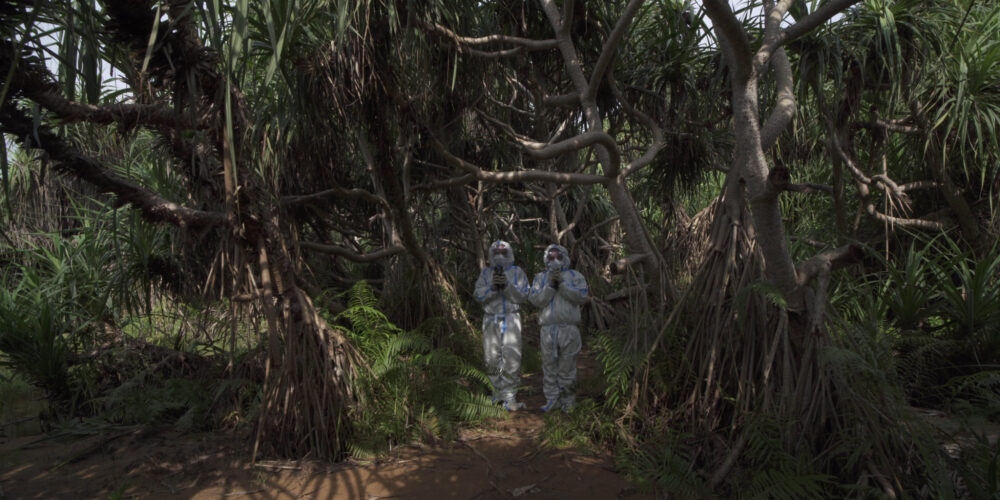
Plan B Day: Creating Future Together
The Saturday of the festival awaits you with numerous inspirations for jointly taking steps towards a future in which we meet inevitable challenges as a global community.
-
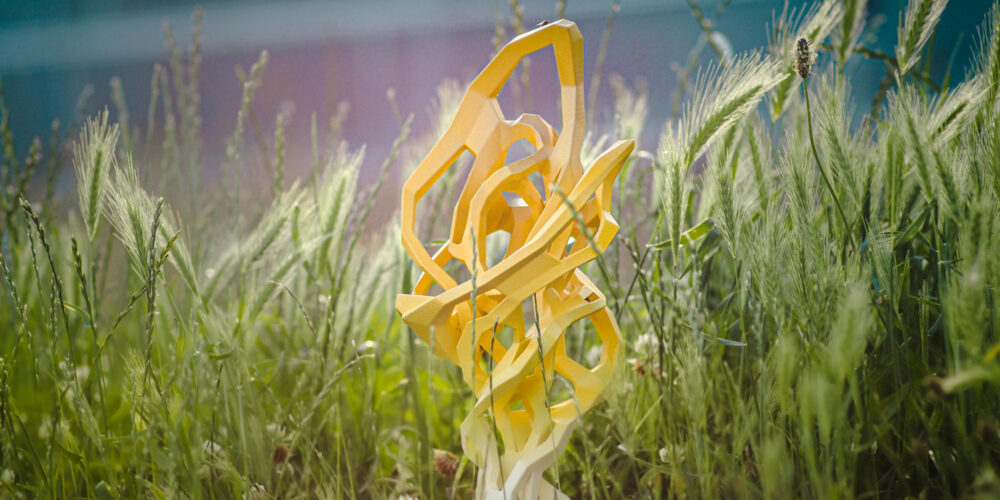
STARTS Day: Artistic Innovation and Musical Visions
What are the highlights of the Friday of the Ars Electronica Festival? We’ll give you some interesting insights into the packed program.
-
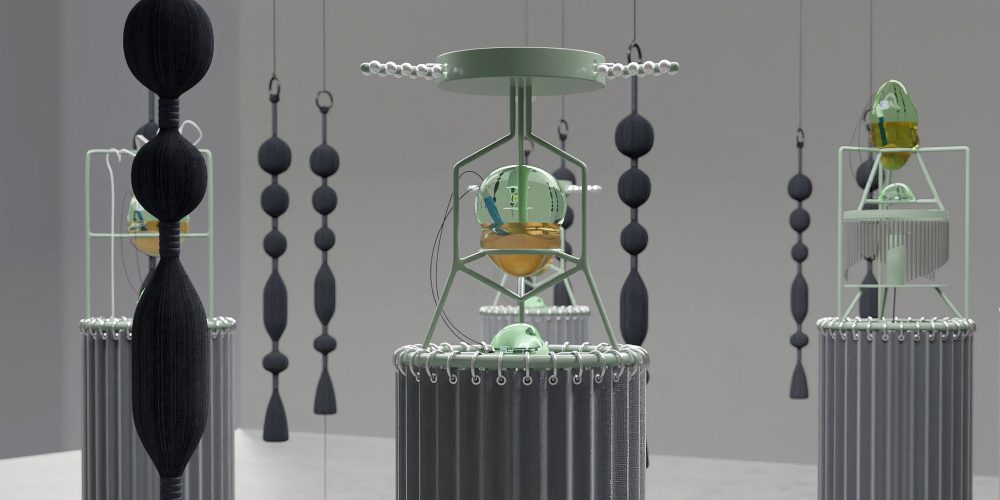
A parallel (r)evolution — Digital Art in Latin America
Contemporary Latin-American Art combined with technology: The CIFO-Ars Electronica Awards offer a new perspective on media art and tackling global challenges.
-
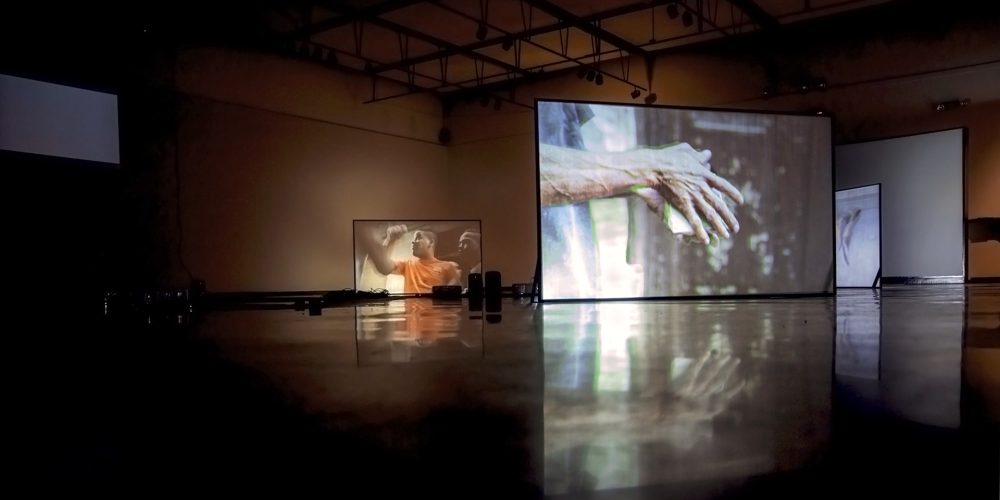
Latin American Media Art: Talent in Abundance
Latin American art meets media art: A new collaboration between CIFO and Ars Electronica aims to support the Latin American art scene and to bring a number of outstanding artists and projects closer to the international audience.
-

State of the ART(ist): “Art is neither warlike nor peaceful”
We are convinced that we need art as a space where contradictions can be possible. But how do you deal with these contradictions in times of war? What influence does this have on curation and how does one implement the theme of political persecution in an Open Call?
-
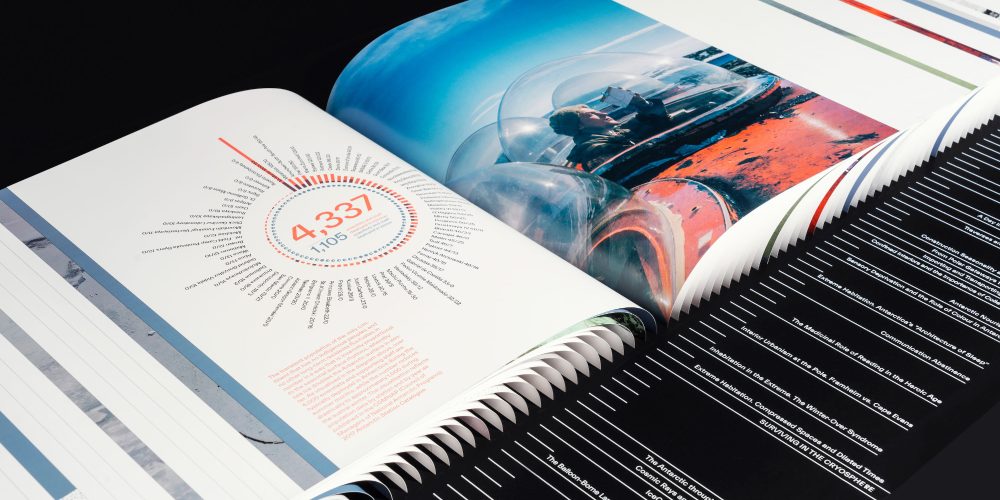
“What happens in Antarctica does not stay in Antarctica”
What does the melting of Antarctica have to do with the future of planet Earth? A lot – and that’s exactly why Giulia Foscari and UNLESS, in the work “Antarctic Resolution”, awarded the STARTS Prize 2022, have called for saving Antarctica and say: “Speak up for Antarctica now!”
